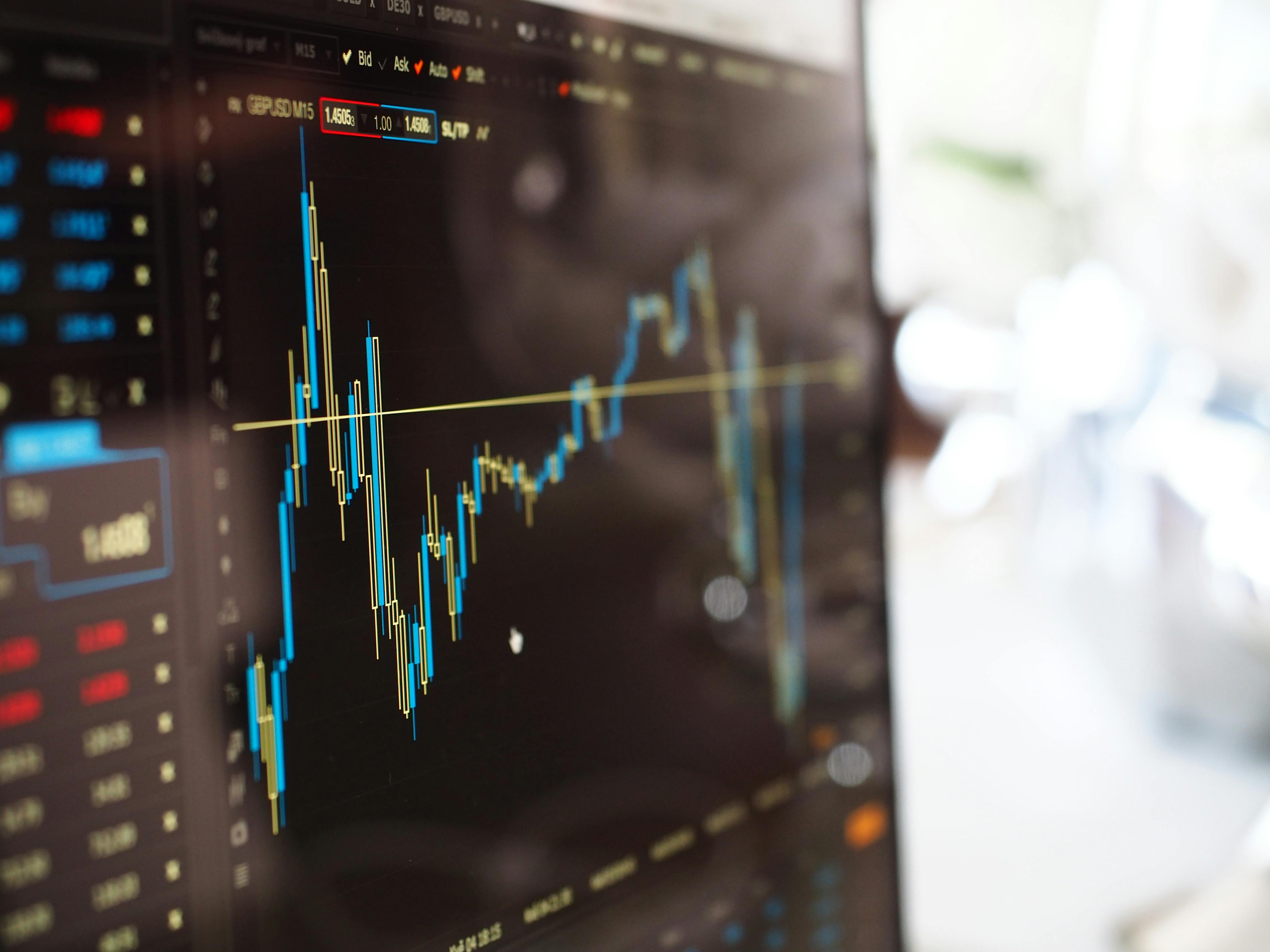Risk management is a crucial aspect of forex trading that often separates successful traders from those who consistently lose money. While making profits is exciting, protecting your capital is the foundation of sustainable trading. In this post, we’ll discuss the essential components of risk management and how you can apply them to enhance your forex trading journey.
1. The 1% Rule: Limiting Your Risk Per Trade
One of the fundamental principles of risk management is to limit the amount of capital you risk on any single trade. A popular rule among experienced traders is the 1% rule, which means you should never risk more than 1% of your trading capital on any single trade.
Why This Is Important
By risking only 1%, even if you experience a series of losses, your capital will remain largely intact, allowing you to continue trading without significant setbacks.
How to Implement It
To apply this rule, calculate 1% of your total trading capital and ensure that the amount you’re risking (via stop-loss orders) on each trade does not exceed this value. For example, if you have $1,000 in your account, risk no more than $10 per trade.
2. Using Stop-Loss Orders to Protect Your Trades
A stop-loss order is an essential tool for minimizing risk. It automatically closes your trade if the market moves against you by a predetermined amount. This ensures that losses are limited and don’t exceed your risk tolerance.
Without a stop-loss order, you’re exposed to unlimited risk. The market can move rapidly, and by the time you manually close a trade, you may have lost more than you intended.
Always set a stop-loss order when entering a trade. Place it at a level where, if hit, the loss would not exceed your pre-defined risk (e.g., 1% of your capital). This helps you stay disciplined and protects you from significant losses.
3. Position Sizing: Balancing Risk with Reward
Position sizing is the process of determining how many units of a currency pair you should trade based on your risk tolerance and the size of your stop-loss. Proper position sizing ensures that you can handle both the risk and potential reward of a trade.
Trading too large a position can wipe out your account quickly, while trading too small a position may not provide significant returns. Striking the right balance is key to effective risk management.
Calculate your position size by considering your stop-loss level and the amount you’re willing to risk. Use a position sizing calculator or formula to ensure that you’re not overexposed to the market.
4. Risk-to-Reward Ratio: Ensuring Profitable Trades
The risk-to-reward ratio (R ) helps traders determine whether a trade is worth taking. It compares the potential profit (reward) of a trade to the potential loss (risk). A common ratio used by traders is 1:3, meaning they’re willing to risk $1 to potentially gain $3.
A favorable risk-to-reward ratio allows traders to make money even if they lose more trades than they win. For instance, with a 1:3 R ratio, you only need to win 1 out of every 3 trades to break even.
Before entering a trade, assess the potential reward and risk. If the ratio is favorable (e.g., 1:3 or higher), it’s worth considering. If the potential reward is lower than the risk, it may be wise to skip the trade.
5. Avoiding Overtrading: Quality Over Quantity
One common mistake traders make is overtrading—opening too many positions at once or making multiple trades without sufficient analysis. Overtrading often leads to emotional decisions and poor risk management.
The more trades you make, the more you expose yourself to market risks. Overtrading increases the likelihood of making mistakes, losing focus, and experiencing emotional fatigue.
Stick to your trading plan and be selective about your trades. Focus on quality setups that align with your strategy and offer a favorable risk-to-reward ratio. Avoid the temptation to constantly be in the market.
Risk management is the cornerstone of successful forex trading. By following principles such as the 1% rule, using stop-loss orders, and maintaining a favorable risk-to-reward ratio, you can protect your capital and increase your chances of long-term success. Remember, trading isn’t about winning every trade; it’s about managing your risk so that your profits outweigh your losses.
